Louis Vuitton wins S$900,000 in trademark infringement case against Singapore retailer
The Singapore High Court has ordered local trader Ng Hoe Seng, formerly operating as EMCASE SG, to pay French luxury brand Louis Vuitton Malletier S$900,000 in statutory damages for selling counterfeit goods. The decision reinforces Singapore’s zero-tolerance approach toward intellectual property violations.

- Justice Dedar Singh Gill ruled that Ng’s infringement was “highly flagrant,” involving repeated sales even after legal warnings.
- Louis Vuitton had sought S$2.9 million in damages but the court awarded S$900,000, corresponding to nine types of counterfeit goods.
- The judgment emphasised deterrence and brand protection as key principles under Singapore’s Trade Marks Act.
The Singapore High Court has ordered Ng Hoe Seng, formerly trading as EMCASE SG, to pay French luxury brand Louis Vuitton Malletier S$900,000 in statutory damages for trademark infringement.
The decision, delivered by Justice Dedar Singh Gill on 2 July 2025, underscores the Singapore judiciary’s strong stance against counterfeit goods and the importance of protecting brand reputation.
Louis Vuitton, a renowned French fashion house, owns multiple registered trademarks in Singapore, including its iconic LV monogram and other patterns. In 2022, it discovered that Ng was selling various products such as phone cases, watch straps, pouches, wallets, and other accessories bearing counterfeit marks through Instagram accounts “emcase_sg” and later “emcrafts_sg”.
Despite a cease-and-desist letter issued in March 2023, Ng continued selling these counterfeit goods under a new account, prompting Louis Vuitton to commence legal proceedings on 15 August 2023.
Ng did not contest the suit, and a default judgment was granted in November 2023. Louis Vuitton then elected to seek statutory damages instead of proving actual losses, as allowed under section 31(5)(c) of the Trade Marks Act 1998 (2020 Rev Ed).
Louis Vuitton initially sought a substantial award of S$2.9 million, using what it referred to as the “Canadian Scale” approach, which sets fixed damages per infringement adjusted for the nature of operations.
Louis Vuitton argued that the scale, used frequently in Canadian cases, should guide the assessment given the scope of Ng’s activities. According to its submissions, the total claim could have amounted to approximately S$4.84 million but was capped to S$2.9 million in line with the statutory framework.
Justice Gill, however, declined to adopt this method, stating, “Using the Canadian Scale to anchor the amount of statutory damages to be awarded would, in effect, be tantamount to placing undue weight on the loss that the claimant has suffered.”
He explained that Singapore’s statutory damages regime requires a holistic evaluation, considering multiple factors beyond quantifiable losses.
In assessing the infringement, Justice Gill described Ng’s actions as “highly flagrant,” involving repeated sales of counterfeit goods even after receiving legal warnings.
He stated, “There can be no doubt in the present case that the trade marks used by the defendant on the Offending Goods are so nearly resembling, if not identical with, the corresponding Registered Marks so as to be calculated to deceive.”
The judge rejected Ng’s argument that his products were “upcycled” from authentic materials, explaining, “Such a disclaimer is an extraneous factor which has no place in the inquiry into whether a counterfeit trade mark has been used.”
The court emphasised that statutory damages in Singapore serve both compensatory and deterrent purposes. Justice Gill remarked, “The award should be high enough to deter the defendant and others from committing the same or similar acts of infringement.”
He further observed, “When a defendant sells counterfeit goods that are not necessarily in keeping with the high standards the claimant holds itself to, then the exclusivity of the goods sold under the trade marks is diminished.”
The judge also clarified the interpretation of statutory limits under Singapore law. Louis Vuitton had argued for higher limits based on the number of counterfeit marks used.
However, Justice Gill held that the statutory cap applies per type of goods rather than per mark, ultimately setting the award at S$900,000, corresponding to nine types of goods.
Ng’s persistent non-cooperation and continued infringing activities despite legal warnings were highlighted as aggravating factors.
Justice Gill stated, “A cooperative defendant’s participation in the proceedings would carry some mitigating weight in so far as it reduces the need to deter him from committing other similar instances of infringement.” By contrast, Ng’s conduct warranted a firm and substantial award to reflect the seriousness of the infringement.
Justice Gill concluded by affirming that deterrence was paramount: “The need to deter other similar instances of infringement is expressly provided for under the Trade Marks Act, and it must be given effect. The quantum awarded must be sufficient to signal that such disregard for intellectual property rights will not be tolerated.”


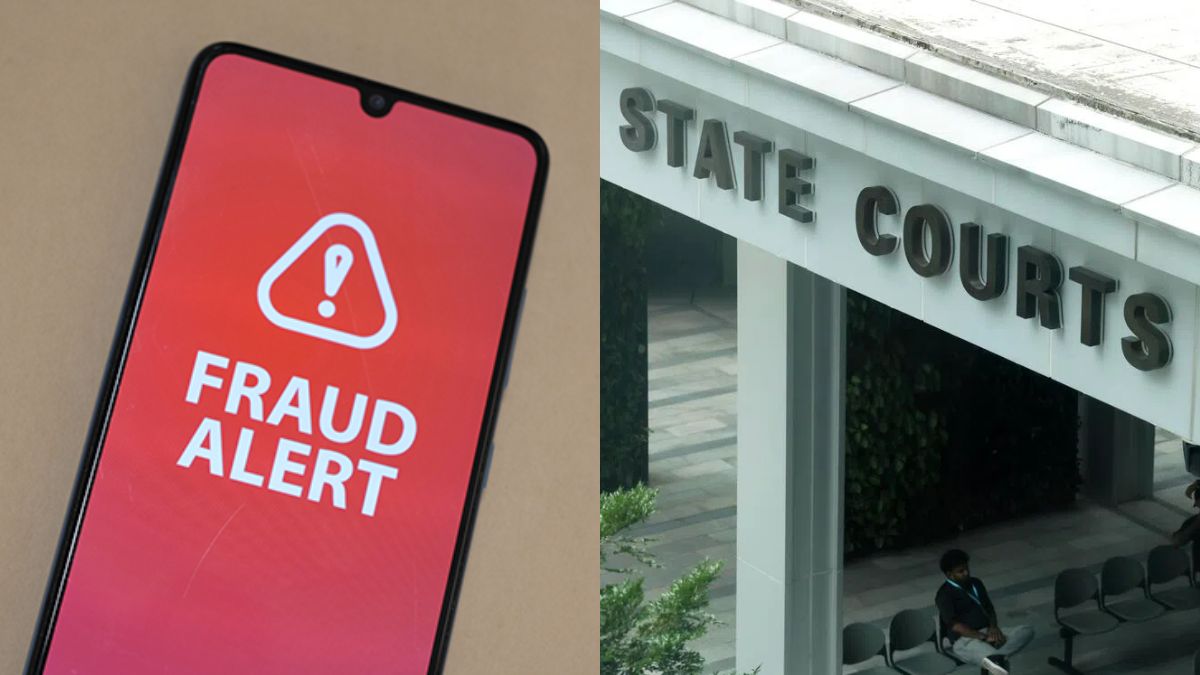

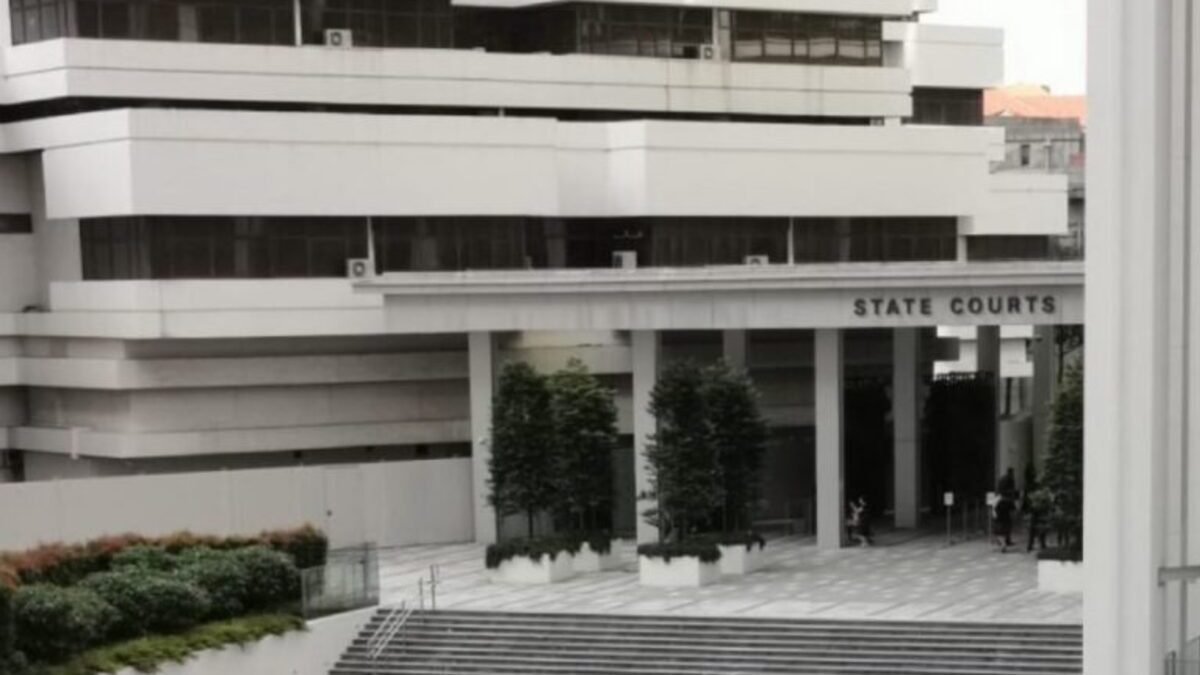
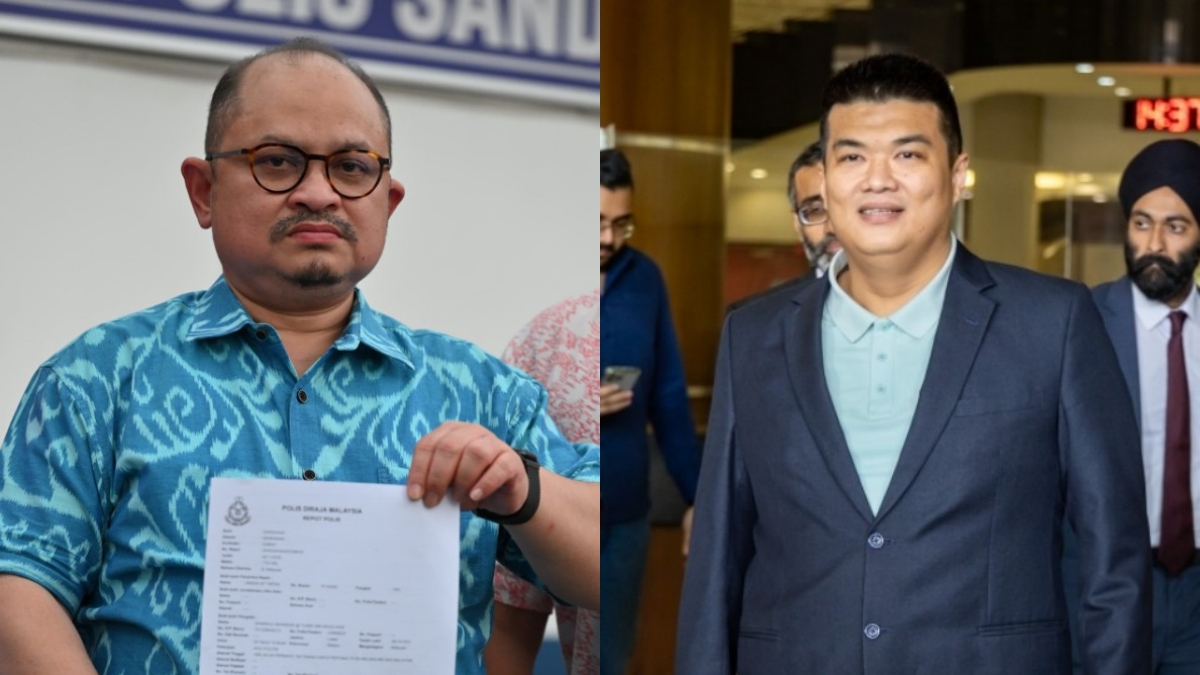
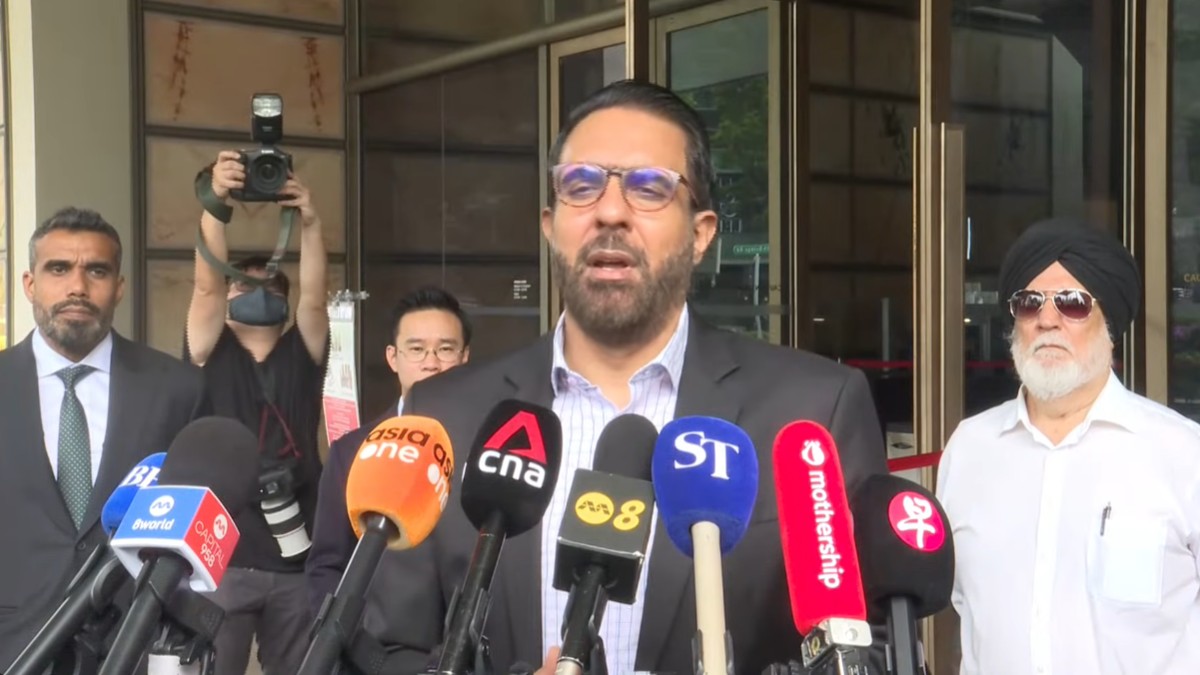
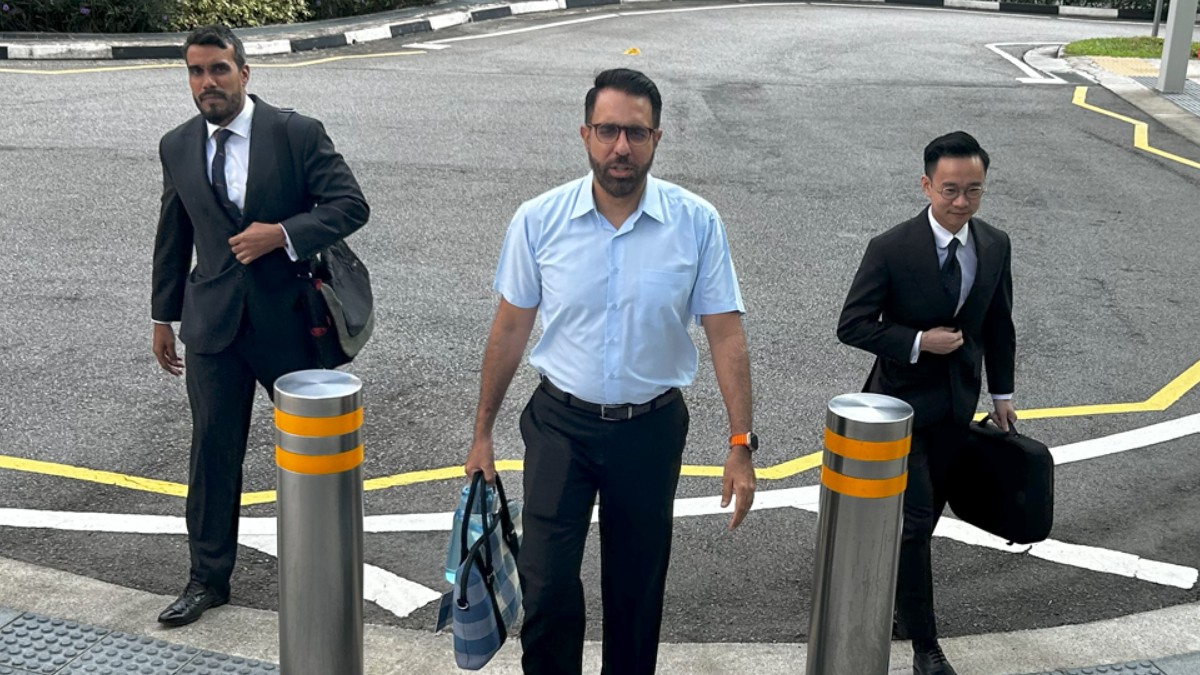
0 Comments